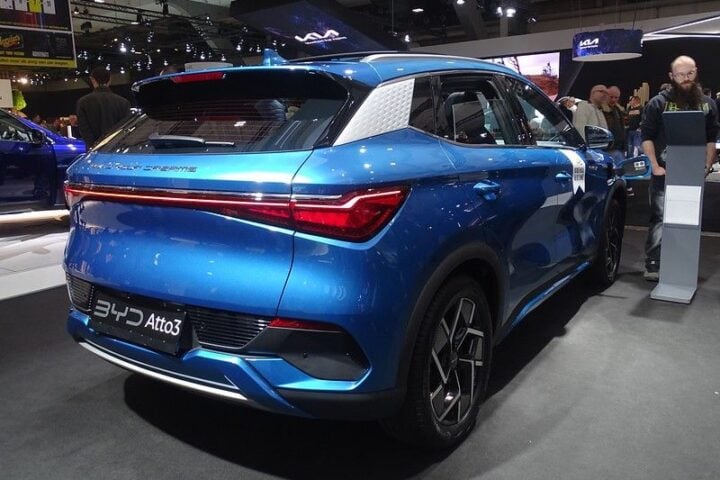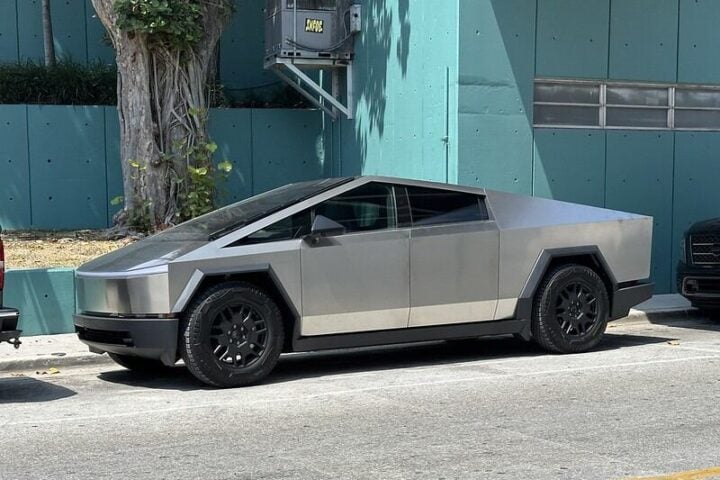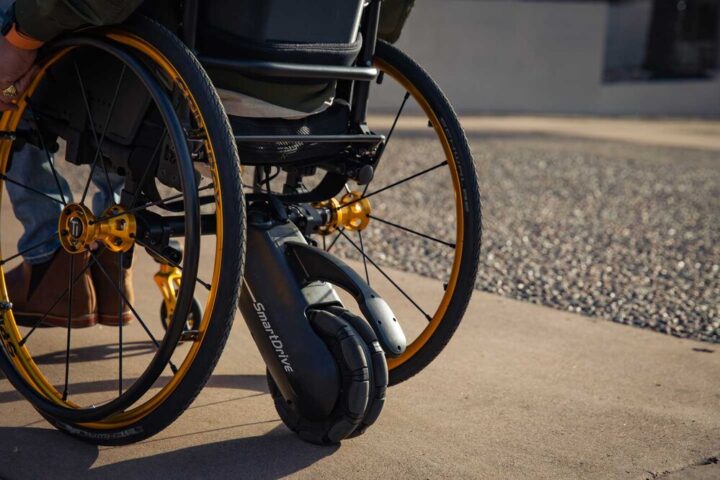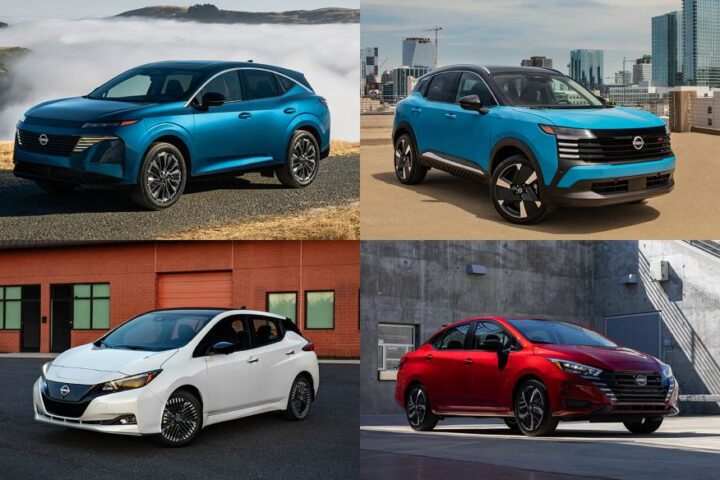General Motors has temporarily suspended production of its electric BrightDrop delivery vans at the CAMI Assembly plant in Ingersoll, Ontario, starting April 14, 2025, with plans to resume in October. The halt affects approximately 1,200 workers who face temporary layoffs, while around 500 will be indefinitely laid off when the plant resumes on a single shift this fall.
The primary reason for the shutdown? Weak demand. GM sold only 274 BrightDrop vans in the first quarter of 2025, a modest 7% increase from the 256 sold in the same period last year. These numbers fall dramatically short of projections for a product that BrightDrop initially expected would generate $10 billion in revenue by 2030.
“This is devastating for our members,” said Mike Van Boekel, plant chair for Unifor Local 88, which represents hourly workers at CAMI. “We are losing these shifts indefinitely.”
Lana Payne, Unifor National President, called the situation “a crushing blow to hundreds of working families in Ingersoll and the surrounding region who depend on this plant.”
Price Gap Hampers Sales
The electric vans face stiff competition from lower-priced alternatives. Before incentives, BrightDrop vans cost around $74,000, while Ford’s E-Transit with extended battery range sits at $51,600—over $20,000 cheaper. This price differential has hurt GM’s ability to gain market share against Ford and Rivian in the electric commercial vehicle segment.
In 2024, CAMI produced 3,500 electric Chevrolet BrightDrop delivery vans, with GM selling only 1,529. By comparison, Ford sold 12,610 E-Transit vehicles and Rivian delivered 13,243 EDVs during the same period.
Retooling During Downtime
GM plans to use the production pause to retool the facility for the 2026 model year BrightDrop vans. “GM remains committed to the future of BrightDrop, and the CAMI plant and will support employees through the transition,” the company stated. “This adjustment is directly related to responding to market demand and rebalancing inventory.”
The company has emphasized that the decision is not related to recently imposed auto tariffs, though Sam Fiorani, vice president of global vehicle forecasting at AutoForecast Solutions, noted that trade uncertainties haven’t helped. “If there’s a tariff with Canada, how do you build any vehicle of volume there to be sold in the U.S.?” Fiorani asked.
Similar Posts
Government Response
Canadian Prime Minister Mark Carney described the CAMI layoffs as “deeply painful news for autoworkers in Ingersoll and for workers throughout Canada’s auto industry.”
“My government is fighting to defend our auto sector, protect our workers and build our supply chains in Canada,” Carney stated.
Pierre Poilievre, a Conservative Party leader in Canada who is running for prime minister, committed to “protecting Canadian auto workers” in a post on X.
Future Challenges
Initially launched in 2021 as a wholly owned subsidiary, GM had high hopes for BrightDrop. Then-CEO Travis Katz claimed in 2022 the company would produce 50,000 trucks annually by 2025. Katz departed in late 2023 as GM began reorganizing BrightDrop to operate less independently and reduce costs.
Despite heavy discounts bringing the BrightDrop 400 eAWD EV down from $84,235 to $52,985 before additional utility incentives, sales remain sluggish.

“The economics, and the lack of charging infrastructure, likely made it difficult for the company to find a foothold in the U.S. market,” Fiorani said. “It should be easy to convince a business that you can drive this thing. On paper, it’s a good idea. But business owners that are not used to taking risks won’t buy something they don’t understand fully.”
The CAMI plant, which produced nearly 200,000 Chevrolet Equinox crossovers five years earlier, reopened in late 2022 following a retooling period for electric vehicle production. It represented Canada’s — and GM’s — first full-scale electric vehicle manufacturing plant, requiring investment that included funding support from governments.

















